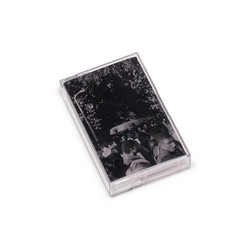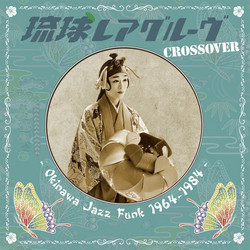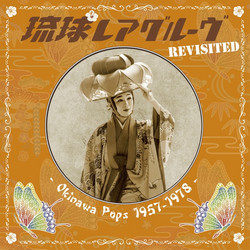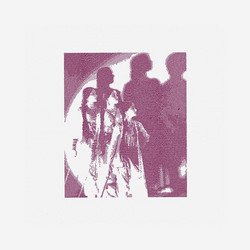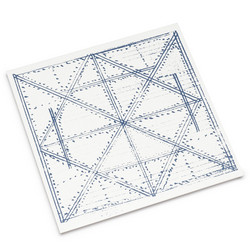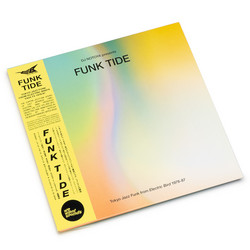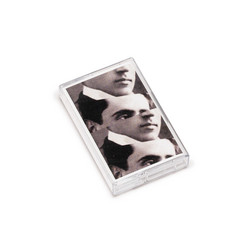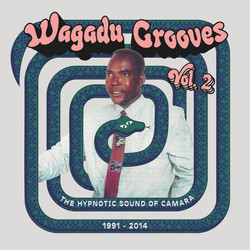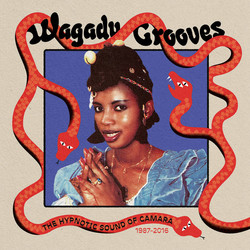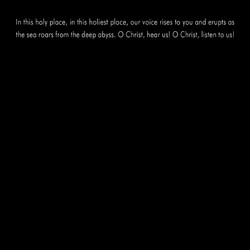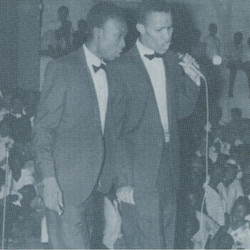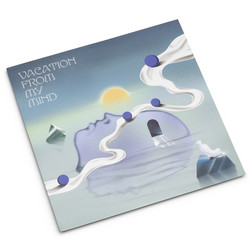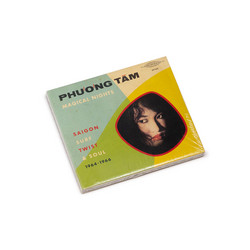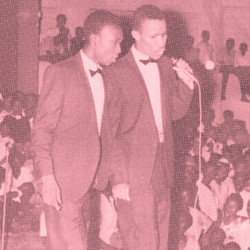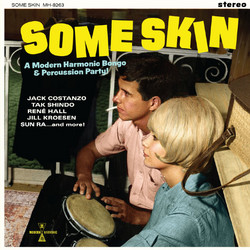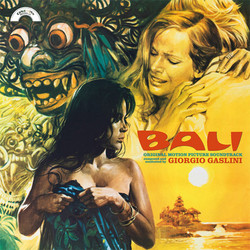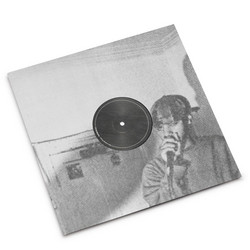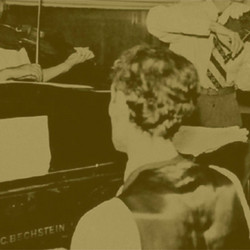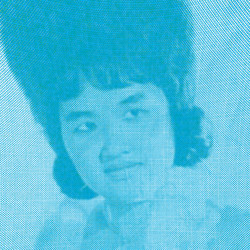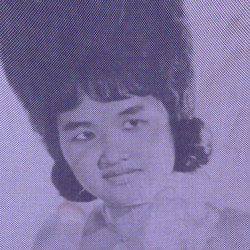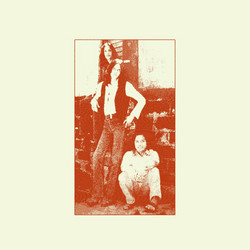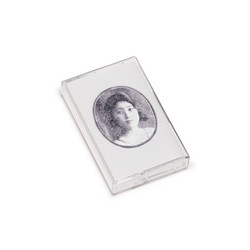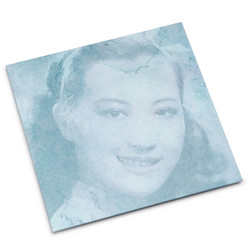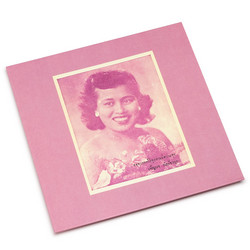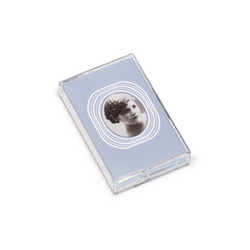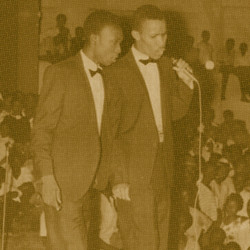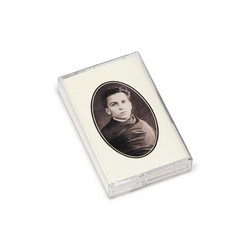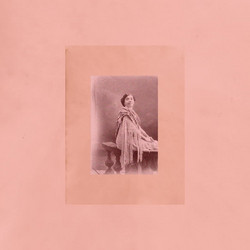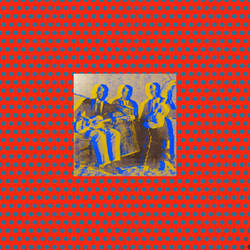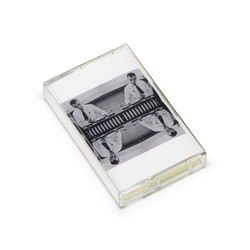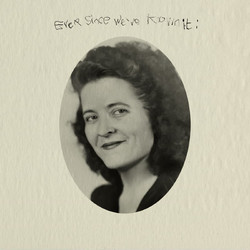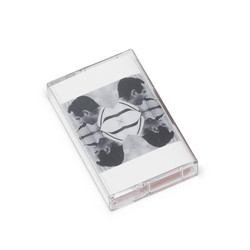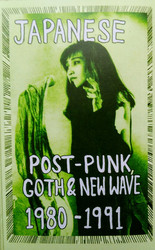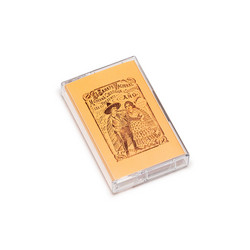"Cylinder phonographs first entered the parlor in the late 1890s and stayed until displaced by newer technologies in the 1920s. They brought professional entertainers into our homes and let us command their performances at will. They also gave us the power to record. For the first time in human history we could take sonic selfies, audio snapshots with friends, and aural portraits of loved ones. Our phonographs captured the sounds of everyday life, both silly and serious: the baby's squalling, Johnny's naughty joke, Grandma's favorite hymn as only she could sing it, our letters to loved ones in foreign lands or 100 years in the future. In our own homes we spoke unfettered by commercial concerns or ethnographers' expectations. Our phonographs observed who we were and what we valued without interference or judgement." – David Giovannoni
Cover image text excerpt taken from How to Make Records at Home with an Edison Phonograph, 1910.
Recordings courtesy of The David Giovannoni's Collection of home cylinder recordings housed at the University of California, Santa Barbara cylinder audio archive.



